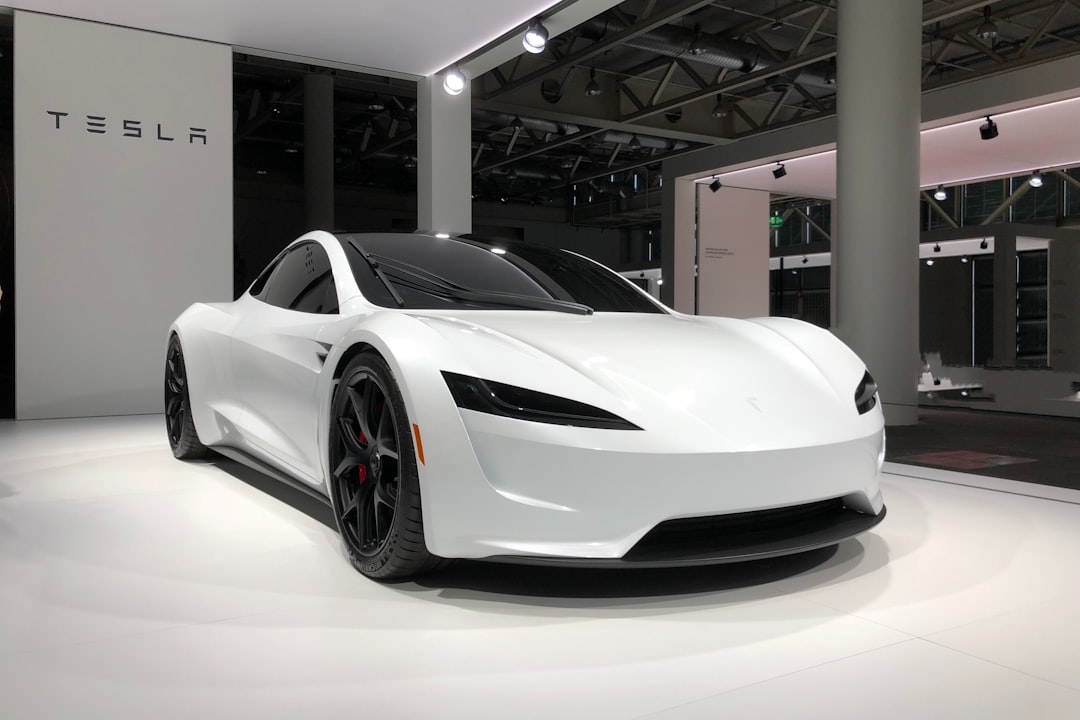
Tesla’s Pivotal Role in the U.S.–China Embodied AI Race
Morgan Stanley’s latest report frames “embodied AI” — from autonomous vehicles to drone swarms and humanoid robots — as a geopolitical contest. While China currently dominates hardware manufacturing at scale (“China makes more drones in a day than the U.S. makes in a year”), Tesla emerges as America’s best hope to close the gap.
The Embodied AI Imperative
National Security Stakes: Autonomous systems could reshape defense logistics, surveillance and even battlefield tactics.
Industrial Impact: Swarms of drones, self-driving trucks and service robots promise efficiency gains across sectors.
China’s Lead: Massive scale in electronics and drone production gives Beijing a head start in both hardware and software integration.
Tesla’s “DREAMS” Advantage
Morgan Stanley highlights six pillars where Tesla leads:
Data: Over 7 million Teslas on the road today generate vast real-world driving datasets.
Robotics: In-house development of automated assembly and humanoid prototypes accelerates hardware-software co-design.
Energy: Vertical integration of battery tech and the Autobidder energy platform underpins both vehicle and grid applications.
AI: Full-stack neural network training, simulation and real-time inference are baked into Tesla’s Autopilot and Dojo systems.
Manufacturing: Gigafactories deliver rapid capacity scaling, mirroring China’s high-volume production ethos.
Space: SpaceX collaboration offers lessons in reusable systems and software-driven hardware.
These strengths position Tesla not just as an auto maker, but as a national champion in embodied AI.
Policy Hurdles & the Need for Unified Standards
Transportation Secretary Sean Duffy warns that patchwork state regulations hamper U.S. AV deployment. Without national guidelines for safety testing, data standards and liability frameworks, Tesla’s FSD rollout and broader adoption of autonomous machines face delays—contrasting sharply with China’s centralized approach.
What Investors Should Monitor
Valuation & Profitability Metrics: Compare Tesla’s margin profile and leverage ratios against peers using the Ratios TTM Statement Analysis API, which tracks up-to-date EBITDA margins, ROIC and debt metrics.
Intrinsic Valuation Trends: Model Tesla’s long-term cash flows and discount rates with the Advanced DCF API to assess whether current multiples reflect its leadership in AI-driven hardware.
Regulatory Milestones: Use the Earnings Calendar API to mark quarterly updates, then pair with SEC filings for insights on FSD commercialization timelines.
Bottom Line
Tesla’s combination of massive real-world AI data, vertically integrated robotics and energy prowess gives it a unique edge in the race for embodied intelligence. As China continues to scale hardware production, U.S. investors and policymakers alike will look to Tesla to demonstrate that innovation, not just volume, can tip the balance in this high-stakes competition. By leveraging FMP’s real-time valuation and forecasting APIs, stakeholders can strategically track Tesla’s progress—and its broader impact on national AI leadership.
